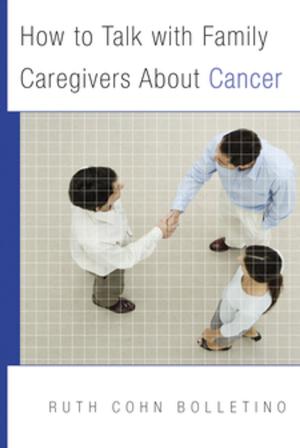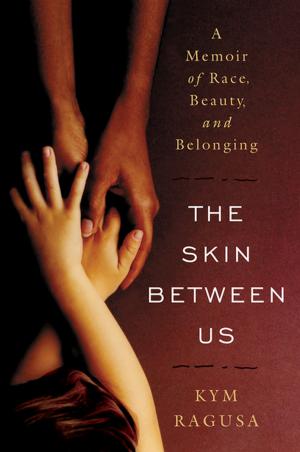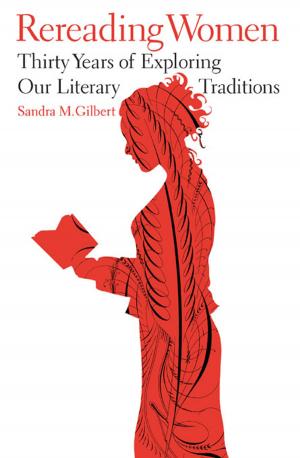Art Therapy and the Neuroscience of Relationships, Creativity, and Resiliency: Skills and Practices (Norton Series on Interpersonal Neurobiology)
Nonfiction, Health & Well Being, Psychology, Psychotherapy| Author: | Noah Hass-Cohen, Joanna Clyde Findlay | ISBN: | 9780393710755 |
| Publisher: | W. W. Norton & Company | Publication: | July 6, 2015 |
| Imprint: | W. W. Norton & Company | Language: | English |
| Author: | Noah Hass-Cohen, Joanna Clyde Findlay |
| ISBN: | 9780393710755 |
| Publisher: | W. W. Norton & Company |
| Publication: | July 6, 2015 |
| Imprint: | W. W. Norton & Company |
| Language: | English |
Presenting a neuroscientifically aware approach to art therapy.
Art Therapy and the Neuroscience of Relationships, Creativity, and Resiliency offers a comprehensive integration of art therapy and interpersonal neurobiology. It showcases the Art Therapy Relational Neuroscience (ATR-N) theoretical and clinical approach, and demonstrates how it can be used to help clients with autobiographical memory, reflecting and creating, touch and space, meaning-making, emotions, and dealing with long-term stress and trauma.
The ATR-N approach, first developed by Noah Hass-Cohen, is comprised of six principles: Creative Embodiment, Relational Resonating, Expressive Communicating, Adaptive Responding, Transformative Integrating, and Empathizing and Compassion (CREATE). The chapters in this book are organized around these CREATE principles, demonstrating the dynamic interplay of brain and bodily systems during art therapy.
Each chapter begins with an overview of one CREATE principle, which is then richly illustrated with therapeutic artwork and intrapersonal reflections. The subsequent discussion of the related relational neuroscience elucidates how the ATR-N work is grounded in research and evidence-based theory. The last section of each chapter, which is devoted to clinical skills and applications, integrates practices and approaches across all six of the CREATE principles, demonstrating how therapeutic art making can help people decipher the functional mystery of their relational nervous system, enhance their emotive and cognitive abilities, and increase the motivation to learn novel concepts and participate in a meaningful social discourse.
Presenting a neuroscientifically aware approach to art therapy.
Art Therapy and the Neuroscience of Relationships, Creativity, and Resiliency offers a comprehensive integration of art therapy and interpersonal neurobiology. It showcases the Art Therapy Relational Neuroscience (ATR-N) theoretical and clinical approach, and demonstrates how it can be used to help clients with autobiographical memory, reflecting and creating, touch and space, meaning-making, emotions, and dealing with long-term stress and trauma.
The ATR-N approach, first developed by Noah Hass-Cohen, is comprised of six principles: Creative Embodiment, Relational Resonating, Expressive Communicating, Adaptive Responding, Transformative Integrating, and Empathizing and Compassion (CREATE). The chapters in this book are organized around these CREATE principles, demonstrating the dynamic interplay of brain and bodily systems during art therapy.
Each chapter begins with an overview of one CREATE principle, which is then richly illustrated with therapeutic artwork and intrapersonal reflections. The subsequent discussion of the related relational neuroscience elucidates how the ATR-N work is grounded in research and evidence-based theory. The last section of each chapter, which is devoted to clinical skills and applications, integrates practices and approaches across all six of the CREATE principles, demonstrating how therapeutic art making can help people decipher the functional mystery of their relational nervous system, enhance their emotive and cognitive abilities, and increase the motivation to learn novel concepts and participate in a meaningful social discourse.















